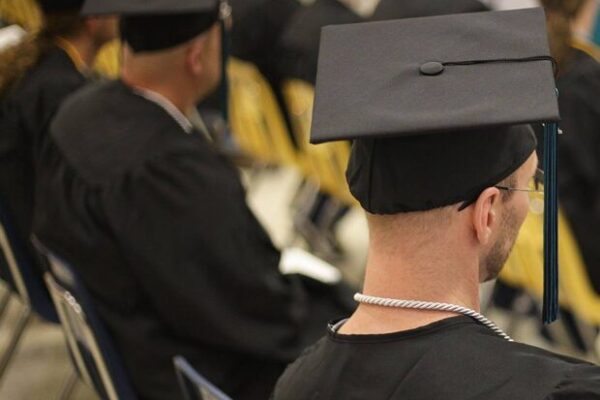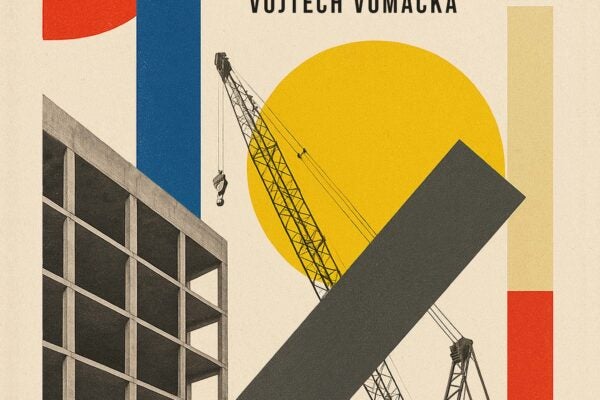Accessible knowledge opens the door to education. Open access collections on JSTOR break down barriers to scholarship by empowering educators, students, and researchers with the materials they need to deepen their understanding of academic and cultural contributions.
Visual literacy–the ability to understand and analyze visual information–is especially necessary in the digital age. By evaluating images and connecting them to broader contextual frameworks, researchers can form well-rounded ideas on even the least expected subjects.
JSTOR’s open access imagery provides a trove of artwork, photographs, sculpture, and other visual materials that invite exploration across disciplines. This blog aims to introduce a few of the many rich collections available to explore this year.
Reveal Digital: Preserving and sharing underrepresented stories

Widen your perspective with Reveal Digital’s several open access collections, each highlighting primary sources from 20th century voices of dissent. These collections include Behind the Scenes of the Civil Rights Movements, Black Periodicals: From the Great Migration through Black Power, American Prison Newspapers, Student Activism, HIV, AIDS & the Arts, and Independent Voices. By amplifying marginalized and grassroots perspectives, these archives provide a deeper understanding of the social, cultural, and political movements that shaped modern history.
Explore Reveal Digital’s open collections.
The Metropolitan Museum of Art: Global art history at your fingertips
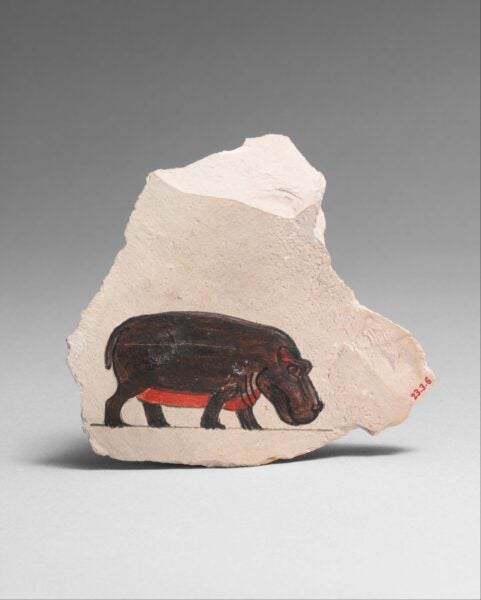
There is no need to head to New York City to see all that the Met has to offer. The Metropolitan Museum of Art’s open access collection on JSTOR brings more than 400,000 images right to your screen. Spanning 5,000 years of world culture, this collection showcases art across media.
Visit the Metropolitan Museum of Art’s open collection.
Statens Museum for Kunst: Danish art enclosed
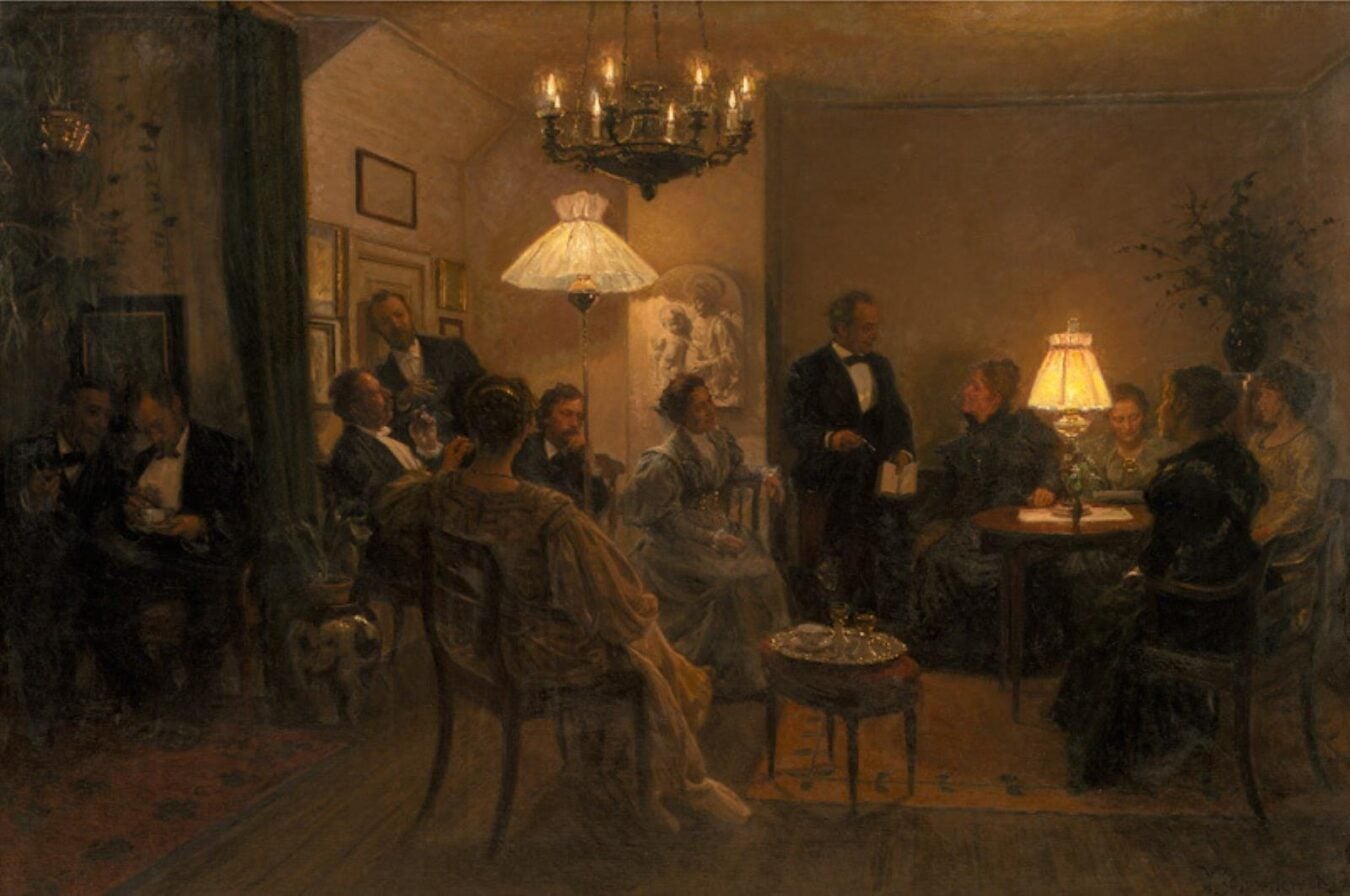
The National Gallery of Denmark, Statens Museum for Kunst (SMK), has made nearly 29,000 images available through Open Artstor. This collection includes Danish art from the Renaissance to early modernism, including works by artists like Melchior Lorck and Christen Købke. SMK’s commitment to “setting art free” makes it a leader in digital accessibility, offering a comprehensive survey of Denmark’s artistic heritage.
Preview the Statens Museum for Kunst’s open collection.
The Cleveland Museum of Art: Art through the centuries
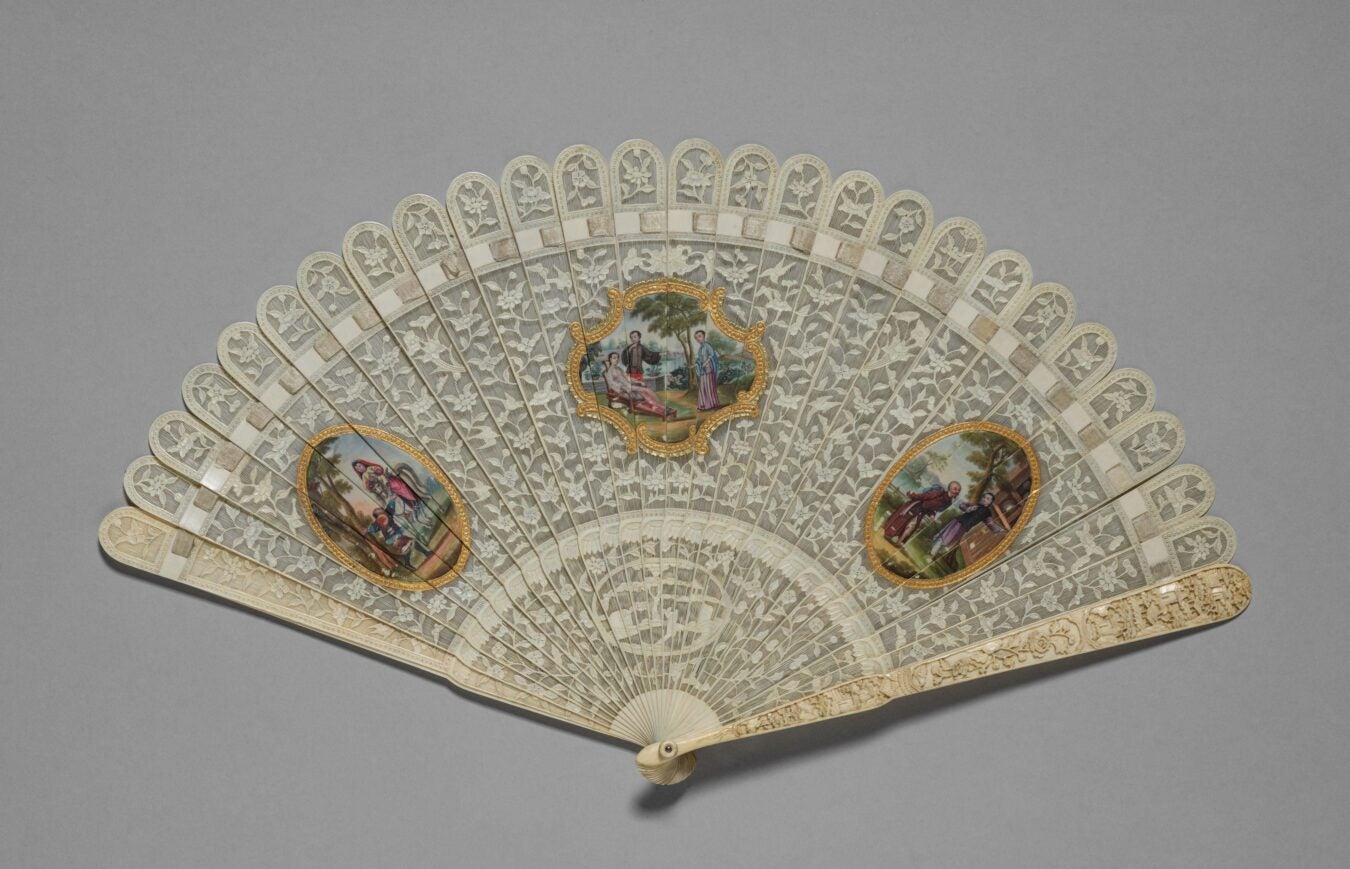
The Cleveland Museum of Art‘s open access collection brings centuries of art to the digital forefront. Highlights include paintings by Nicolas Poussin and Mary Cassatt, intricate Chinese jewels and scrolls, Japanese screens and kimonos, African and Native American ritual attire, pre-Columbian gold, and a remarkable range of photography.
See the Cleveland Museum of Art’s open collection.
Wellcome Collection: Where science meets culture
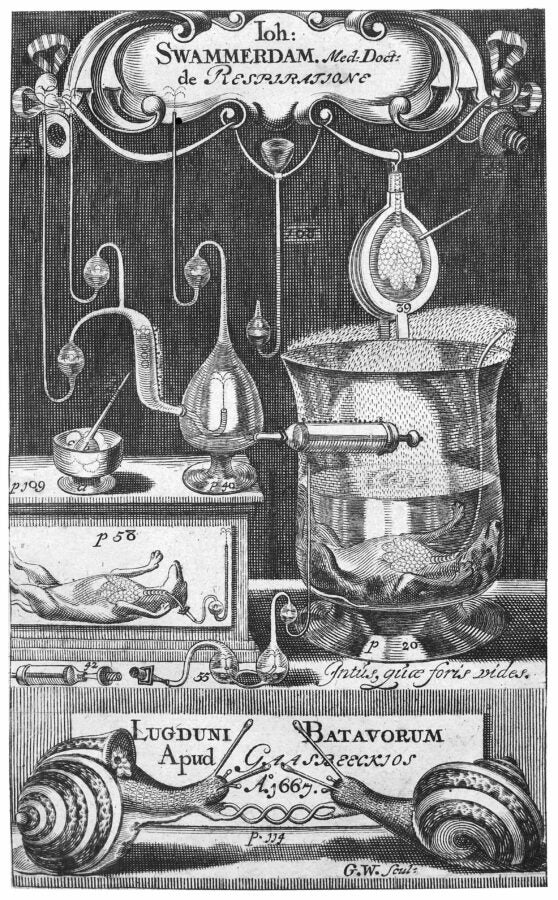
The Wellcome Collection focuses on health, medicine, and human culture, bringing unique interdisciplinary resources to JSTOR. The collection includes imagery from anatomical drawings to vintage public health campaigns, demonstrating the power of visuals in shaping our understanding of science and society.
Look at the Wellcome Collection’s open materials.
Te Papa Tongarewa: Highlighting New Zealand’s heritage
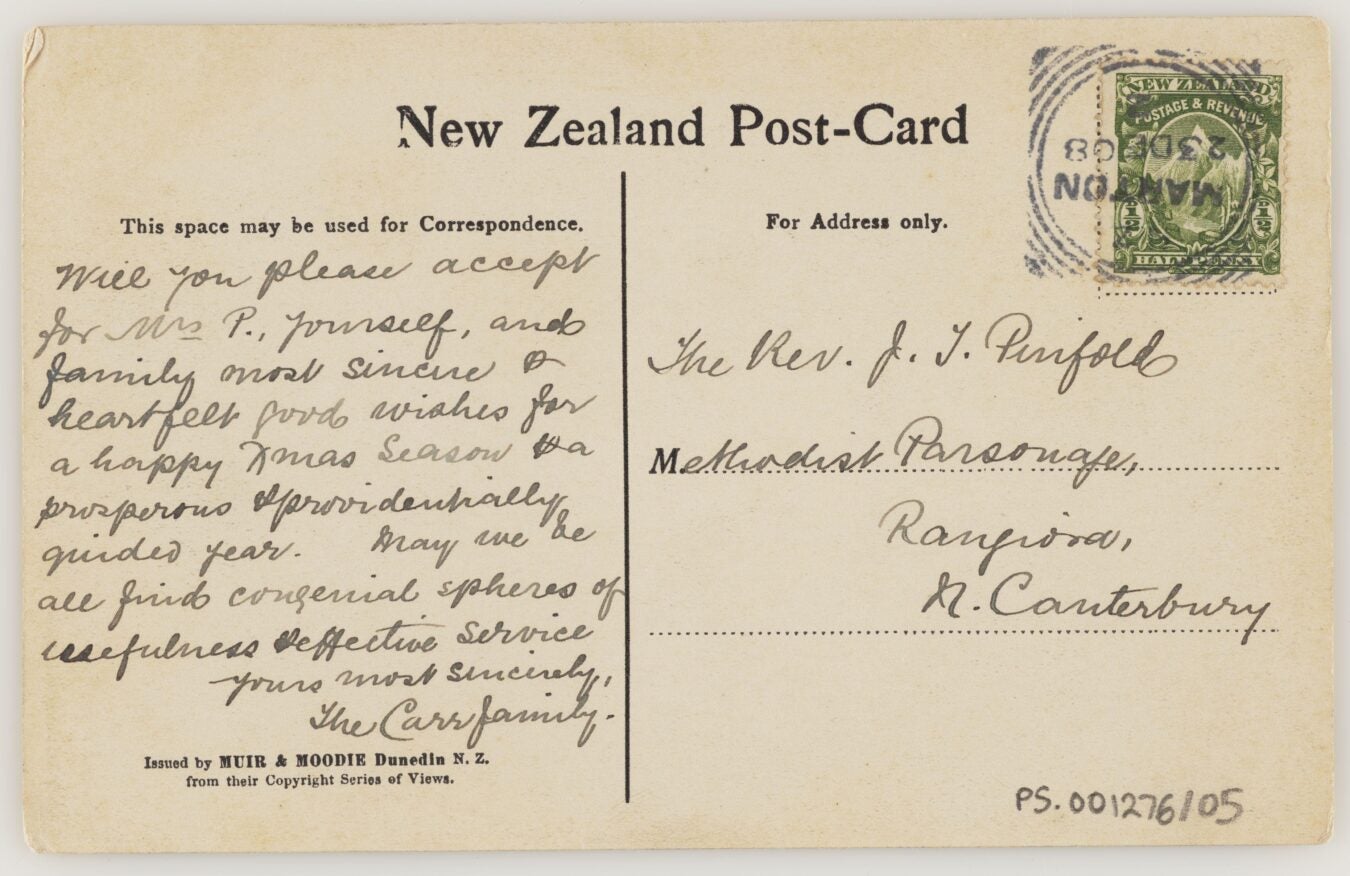
Discover New Zealand’s heritage through the Museum of New Zealand Te Papa Tongarewa collection on JSTOR. Founded in 1992, Te Papa—“container of treasures” in Māori—represents a collaboration between Tangata Whenua (Māori) and Tangata Tiriti (non-Māori). This collection features the arts, culture, history, and natural world of Tangata Tiriti, with Māori taonga available directly on Te Papa’s site to honor their cultural significance.
View the Museum of New Zealand’s open collection.
Shared collections from libraries and archives
Libraries and archives worldwide are digitizing their special collections and sharing them freely on JSTOR. These contributions include illustrations, letters, postcards, literary documents, newspapers, magazines, photographs, oral histories, and more, covering a wide range of topics.
Highlights
Capturing the Civil War
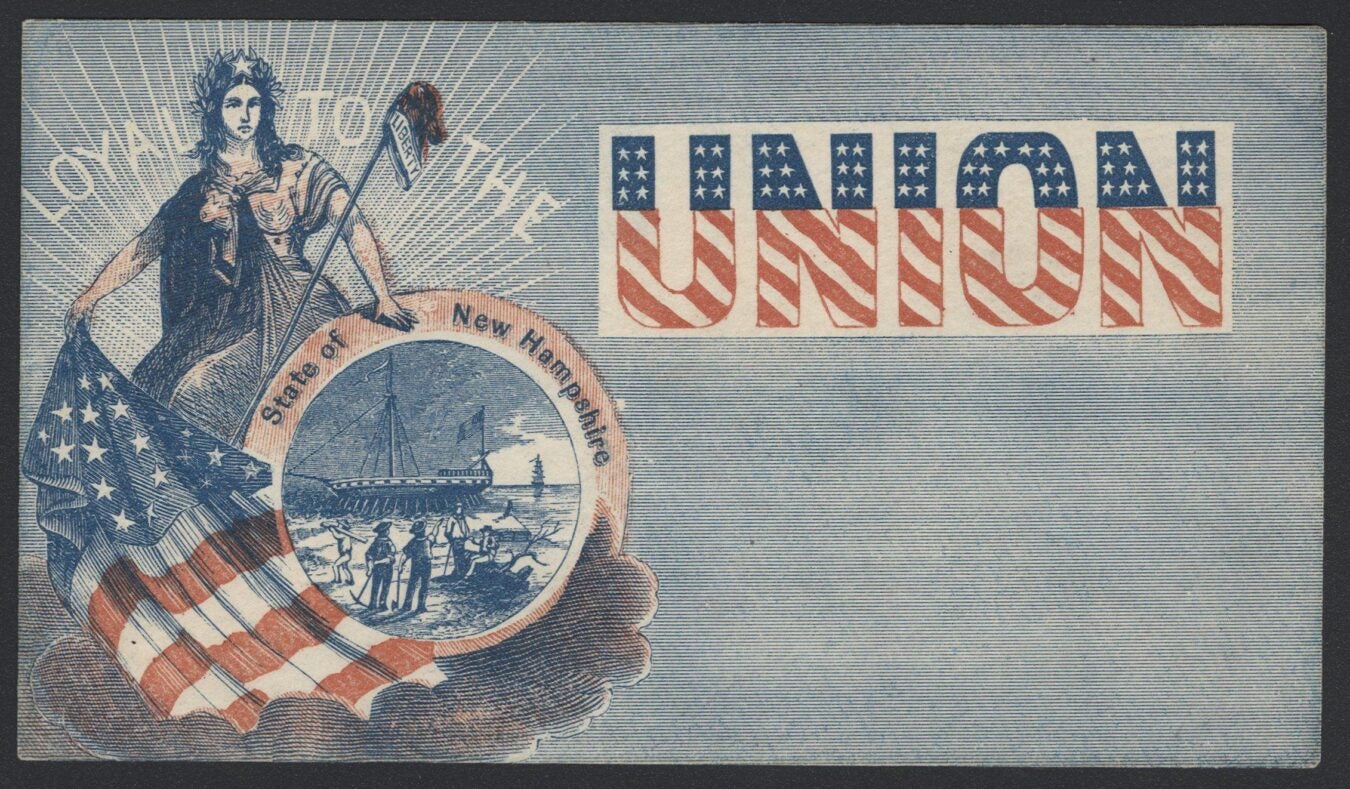
The images, diaries, and ephemera in Grand Valley State University’s Civil War and Slavery Collection reveal the stark realities of Abraham Lincoln’s world.
Maps, Power, and Identity
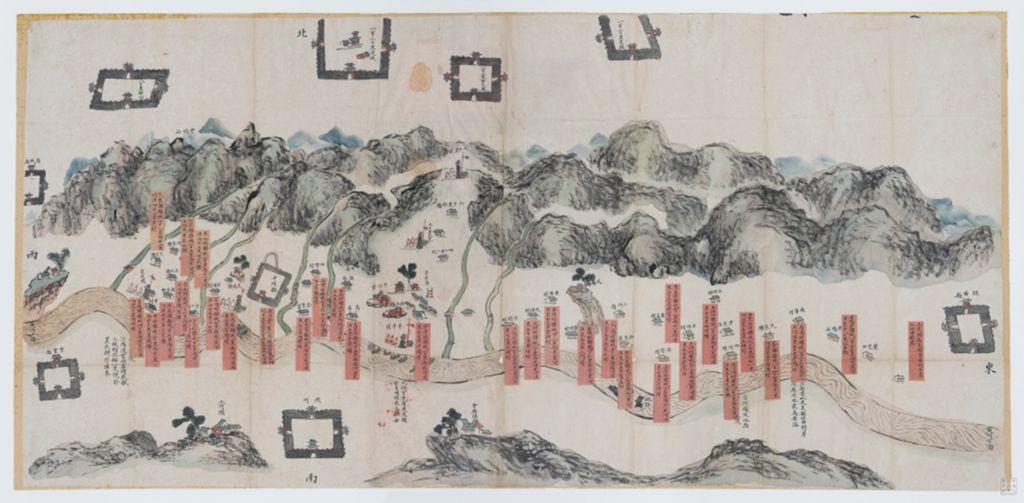
The Ancient East Asian Maps Collection at Hong Kong University of Science and Technology showcases the influence and narratives crafted by mapmakers.
Eastern Kentucky University American Slavery Collection
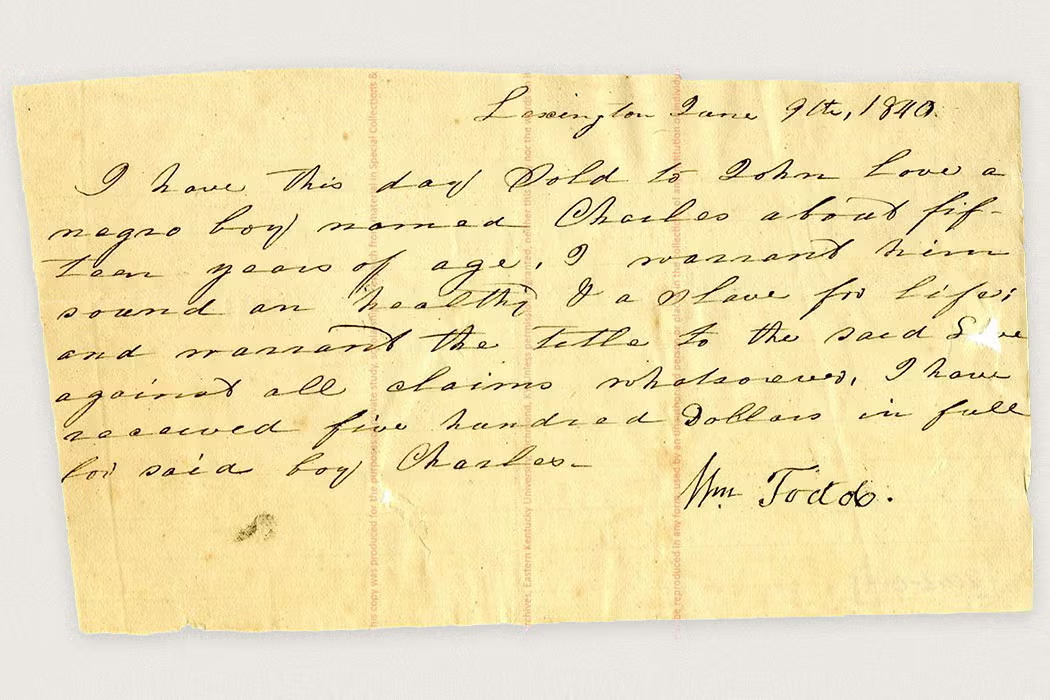
The Eastern Kentucky University American Slavery Collection features sixteen documents, such as slave bills of sale, that recount the harrowing lives of enslaved individuals as recorded in ledgers.
We hope these collections inspire new discoveries, spark meaningful conversations, and support your teaching, learning, and research. Use these materials to see how open access can transform the way you engage with the world’s knowledge.


